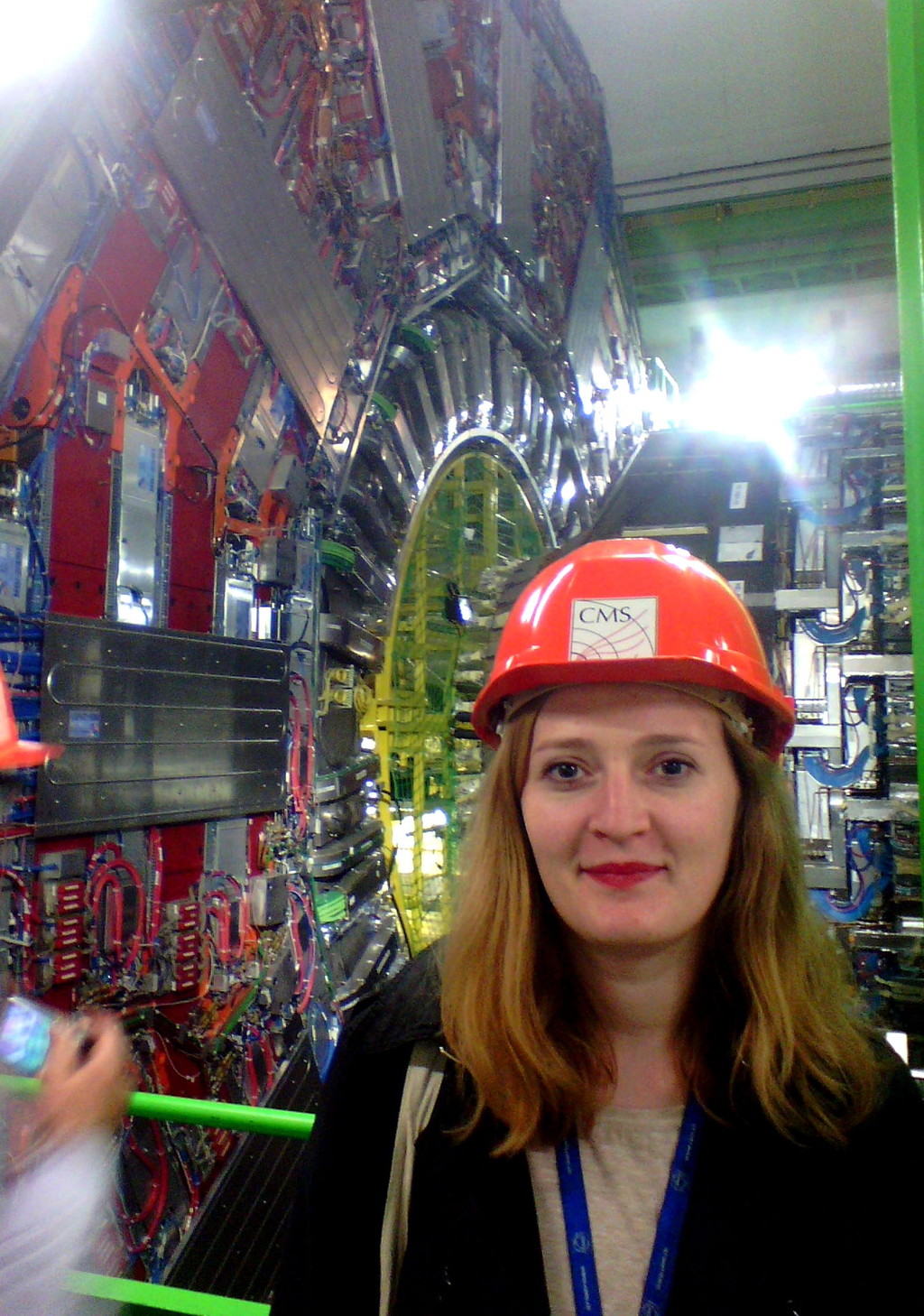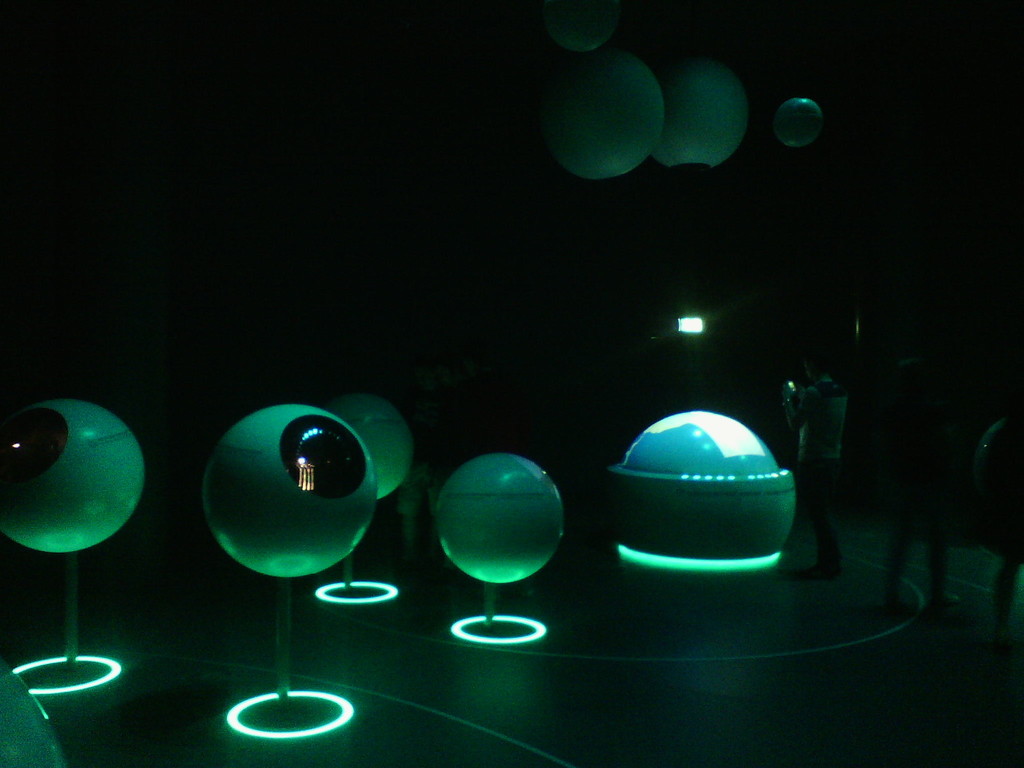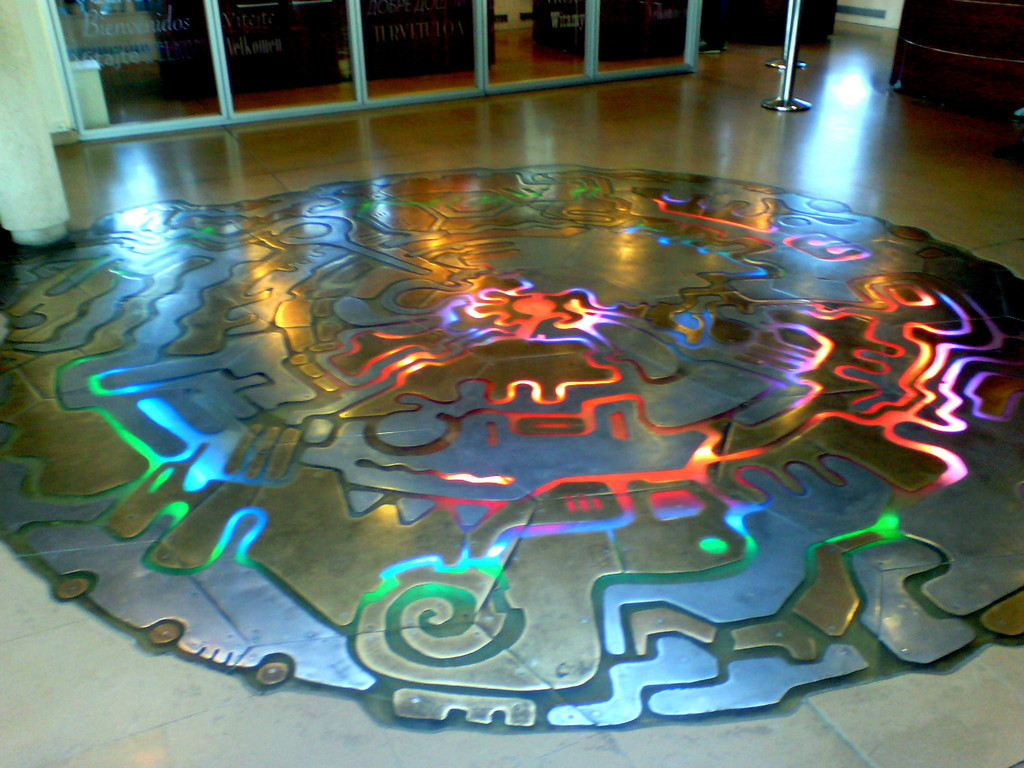Situated on the Swiss-French border, surrounded by the Alps and some of Europe's most picturesque sceneries, on the outskirts of Geneva, CERN, the European Organization for Nuclear Research, exists ever since 1952. It is also, most recently, home to some of modern physics' most famous experiments, which are related to the Large Hadron Collider (LHC), a circular particle collider with approximately 27 kilometers of circumference, which is located under the ground of a series of quiet, peaceful Swiss villages.
There are four experiments being conducted, of which I have, in the most fortunate turn of events, visited the one called CMS (Compact Muon Solenoid), since it was opened to the public on the day of my programmed visit. The group was led 100 meters underground among the teams of scientists and researchers working at processing data from the accelerator, to the hall which hosted the machine itself. An impressive collection of wires and metal of several tens of meters high fascinatingly described by our Portuguese guide, Eduardo, in such a manner that even me, your average social sciences student, could understand.

This was, however, only part of the whole visit, which consisted of other guided tours to a series of permanent exhibitions they offer the public, starting from the reception, where you can even buy cute Higgs boson souvenirs, all the way through to the Globe of Science and Innovation. The Globe is a spherical building inside which there is an impressive display of technology that allows one to visualize holographic stories of the early universe, listen to presentations in different languages from the comforts of some spherical chairs with inside speakers, or learn about numerous subjects by activating the explanations with the touch of your hand on a series of spherical interactive stations.

Not to mention the opportunity to meet people from all over the world, drink overpriced coffee in the early morning from the gas station on the other side of the road, closely observe the activity of the customs offices on either side of the building hosting the reception, the coolest floor ever to be walked on when entering it or the cool pictures you can boast about, taken with a helmet, in a 3D background simulating the underground accelerators' tunnels or near a gigantic piece of enginereering that will for ever change the face of science as we know it today.

Plus, since there is direct transportation to the city centre, you can enjoy at least one afternoon in one of Europe's most beautiful cities, home of a vast number of international organisations, parks, museums, cathedrals and what has been in my experience the largest selection of watch manufacturers, pocket knifes, stuffed animals, and chocolate. So if all that science proved a little overwhelming, you have the perfect opportunity to wind down a little before enjoying your (extremely enjoyable scenery-wise) train ride home.
To conclude, even if it might seem a little pretentious for a destination while on an Erasmus mobility, I strongly recommend CERN for all it has to offer, be it merely the pleasure of witnessing science in the making, or the sheer pleasure of beginning to grasp on the making of the universe and, subsequently, yourself.

Source
 What to see Geneva,
Geneva,
Switzerland
What to see Geneva,
Geneva,
Switzerland
























